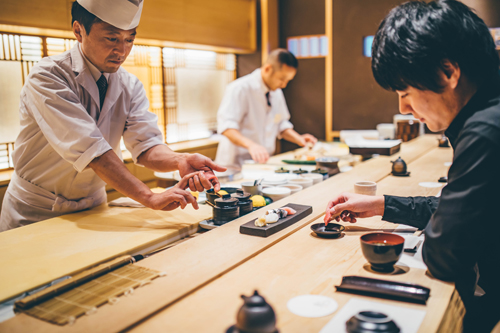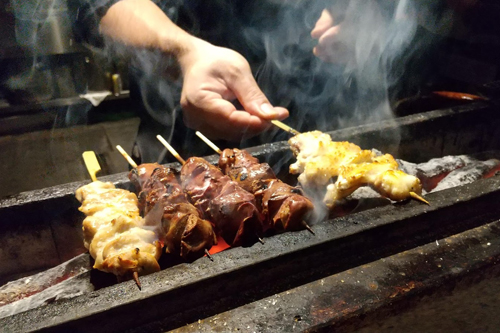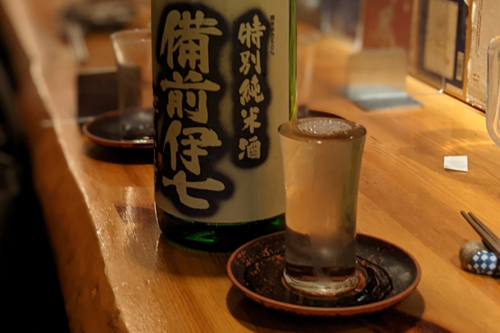In 2013, Japanese traditional cuisine was added to the UNESCO’s Intangible Cultural Heritage list. It is the fifth food related UNESCO heritage recipient after French, Mediterranean, Mexican, and Turkish cuisines. You may have heard or tried some Japanese food such as “Sushi” “Sashimi”, “Teriyaki, “Wagyu Beef”, “Tempura”, “Sukiyaki”, or “Ramen”. However, Japanese food is a whole lot more than just those well-known standards. When it comes to food, the Japanese are among the most enthusiastic and passionate in the world. In fact, for many Japanese travelling outside of their hometowns, food is often one of the primary motivators for their journey.
Many towns and cities in Japan are known first and foremost for their local produce and specialties. There is no shortage of restaurants proudly dedicated to serving local dishes. For this reason, travelling in Japan cannot be complete without experiencing these sought-after delicacies.
As Japan has four distinctive seasons, what Japanese people put on their plate is very much dictated by the seasons. Menus are frequently changed to reflect what is available or what is in season. Seasonality can also be seen in the presentation of food with matching plates and utensils used for the best aesthetic appeal.
Eating out in Japan is as much about the experience as it is the food. Many Japanese restaurants specialize in one particular type of food, with countless different styles from traditional street food stalls, to revolving sushi bars, to Izakayas (Japanese pubs), to formal Kaiseki restaurants (Japanese haute cuisine served on individual trays).


While in Japan, every visitor should try “Sake”, Japan’s original alcohol beverage, made by fermenting rice. It is said there are more than 10,000 sake brands produced by almost 1,500 breweries from all over Japan. The percentage of alcohol in Sake varies from 13% to 16%. Sake masters use clean local spring water and high-quality Sake rice during the sophisticated method of production. Unlike wine, sake needs to be consumed as fresh as possible, and this is the reason why high-quality sake is rarely available overseas. You will be amazed how local fresh sake tastes completely different from the one you may have tried in your own country.

